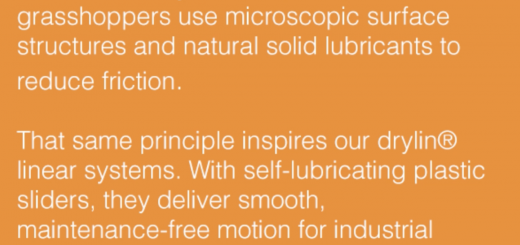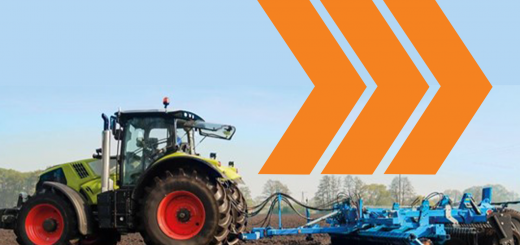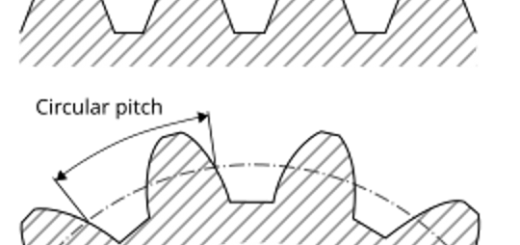Star quad cables & their advantages over twisted pair cables
What are star quad cables?
Star quad cables, unlike traditional two-conductor cables, feature four conductors twisted together in a unique, star-like pattern. This specialized design is engineered to significantly enhance signal clarity by minimizing various forms of interference.
By balancing out noise picked up along the cable, star quad stranding ensures a cleaner and more reliable transmission, making it the preferred choice where interference is common and where performance cannot be compromised — most often in audio equipment or industrial applications.
What are the differences between the stranding methods?
There are three primary stranding options in cable production other than star quad stranding. These are twisted pair stranding, cores wound in layers, and cores wound in bundles.

Cores wound in layers
Here the cores are stranded together in ascending order. This results in the following sequence: core 1, core 2, core 3 and core 4. These are a more affordable alternative to other cable stranding methods, but layered cables are more prone to permanent deformation due to material fatigue. This is most likely to take the form of a cable corkscrew, which is usually followed shortly by core rupture.
Related: 6 most common causes of cable failure
Layered cables are best used in applications with negligible crosstalk, as they are not designed to minimize crosstalk and instead focus on durability and cost-effectiveness. Cores wound in layers are not recommended for use in cables with more than seven cores; in these cases cores wound in bundles would be better suited and achieve a longer service life in moving applications.
Cores wound in bundles
Multi-core cables wound in layers are prone to corkscrews and core breakages, even when used within energy chains. The complex, multi-stranded interior of bundled cables eliminates these problems. Here, stranded wires are first twisted with a special pitch length, then twisted again to form single core bundles. These bundles are then re-stranded around a tension-resistant core.

This core stranding method ensures tensile and compression forces are equalized around the center core element. With its high tensile strength, it gives the stranded structure the necessary internal stability and ensures the stranding remains strong even under extreme bending stresses.
Twisted pair stranding
It is often necessary to transmit signals via two pairs of cores. This often creates the risk of signals in the core pairs influencing each other. This phenomenon is called near-end crosstalk. To counteract this, twisted pair stranding is used. Twisted pair stranding is achieved by twisting two cores together to form a pair and then stranding together those pairs of cores.
The disadvantage of this type of stranding is that the cable becomes thicker and less round than with cores wound in layers. For applications in energy chains, the cable diameter is important. An e-chain® offers only limited space and the bend radius of a cable is also determined by the outer diameter. Furthermore, a two-pair cable is mechanically not as stable as a cable with cores wound in layers.
Advantages of star quad stranding
Magnetic immunity
The unique quadrupole geometry of star quad cables provide them exceptional magnetic immunity. Opposite conductors are paired in a precise way that forms each leg of a balanced circuit. This pairing gives each leg an identical geometric center, and ensures any magnetic interference affects each leg equally to create a common-mode interference signal.
This common-mode signal can then be rejected by a balanced receiver to significantly reduce total magnetic interference. This reduction typically ranges from 10 dB – 30 dB, making star-quad cables ideal in environments with strong magnetic fields, such as near power cables or electrical equipment.
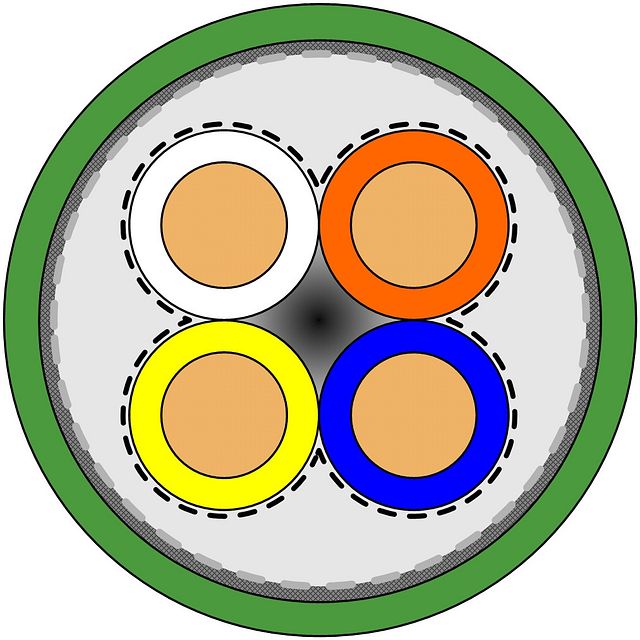
Cross-section of a continuous-flex star-quad cable from igus. Shop here
Noise rejection
The same quadrupole geometry that helps resist magnetic interference also provides superior noise rejection compared to standard twisted pair cables. Any noise that impacts one wire will be effectively balanced out by the opposite wire to prevent external interference from being transmitted as a disruptive signal. This results in cleaner, more reliable signal transmission, even in environments with high levels of background interference.
EMI/RFI rejection
Star quad cables are significantly more effective at blocking more electromagnetic interference (EMI) and radio frequency interference (RFI) than twisted pair cables. The balanced configuration of conductors ensures any interference picked up by one conductor is canceled out by the opposite conductor. This advanced interference cancellation mechanism makes star quad cables ideal for applications where maintaining signal clarity is paramount, especially in electrically noisy industrial settings.
Disadvantages of star quad cables
The primary disadvantage of star quad cables compared to twisted pair cables is their higher capacitance. A star quad cable has roughly the same capacitance as a standard two-conductor cable of 50% greater length.
However, unless dealing with star quad cables of 100 meters or more in length, there should be no significant impact in the audio applications star quad is most often used in.
Star quad cables for industrial applications
While most often used in audio equipment, star quad cables can vastly improve the performance of more traditional industrial applications as well. With the capability to mitigate interference, star quad cables offer reliable performance even in the vicinity of large motors, variable frequency drives, power cables, and other electrical equipment often found in industrial applications.
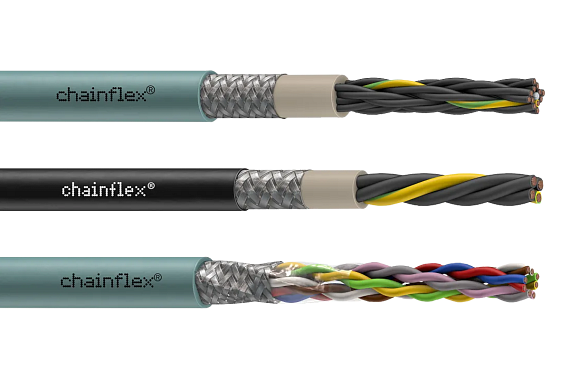
Conclusion
Star quad cables, with their unique four-conductor twisted design, offer significant advantages in signal clarity and interference rejection due to their specialized geometry. While they excel in magnetic immunity, noise rejection, and EMI/RFI rejection compared to twisted pair cables, their main drawback is higher capacitance, though this is typically only a concern for very long runs. This makes them a preferred choice for applications where signal integrity is crucial, such as in audio equipment and industrial settings with high levels of electrical noise. Ultimately, for demanding applications where performance cannot be compromised, star quad stranding offers a superior solution, even providing mechanical benefits in moving applications.

